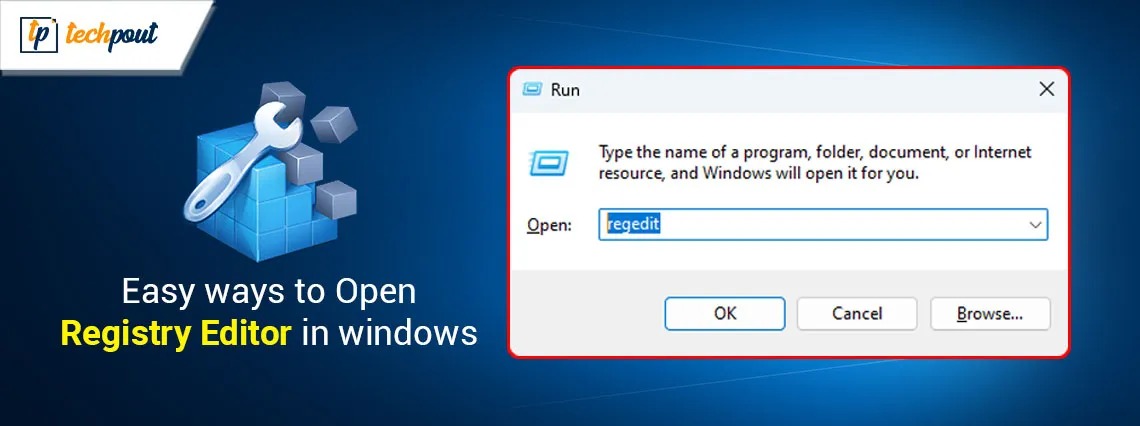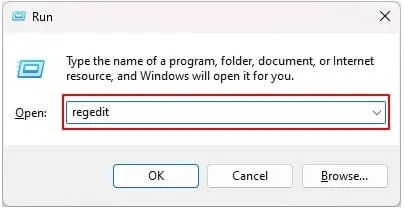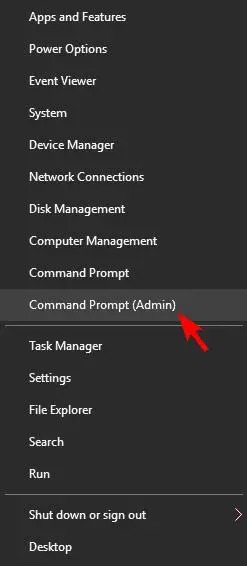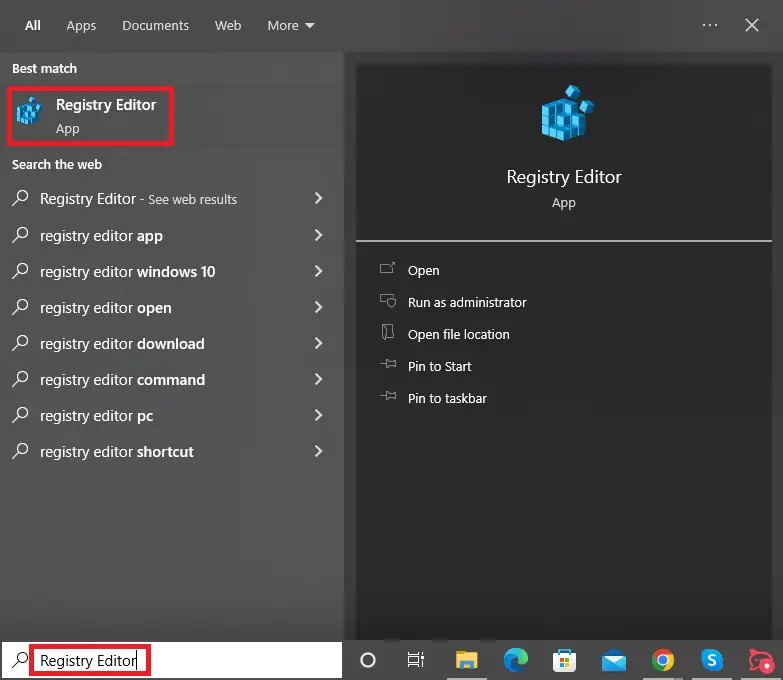Best Easy Ways to Open Registry Editor in Windows 11 & 10

In the event that you are interested to open registry editor and making any modifications to it, then you can use this tutorial to get an understanding of how the Registry Editor operates, what the criteria are for using it, and lots of other information.
The Windows operating system is a complicated system that operates in synchronization with a wide variety of services, software, applications, and other things. It is necessary for all of these services and programs to operate in tandem with one another in order to guarantee a system that is reliable and performs well. An Editor of the Registry is responsible for a certain amount of things.
Describe What a Registry Editor Is.
Registry Editor is a program that displays all of the entries in the Registry in a single location and gives users the ability to alter those items if they are essential. There are a variety of Registry entries that each indicate a particular configuration of the Windows operating system that is not typically accessible to users. The reason for this is because if you make any changes to these settings or entries in an incorrect manner, you will have the potential to impact the system and its performance. Let’s become familiar with the terminology of Registry Editor before we go on to the actual process of using it. This will help us have a better knowledge of the program.
How does the Windows Registry Work?
Prior to gaining a grasp of the functions of the Windows Registry Editor, it is necessary to acquire knowledge about the entries in the Registry. One of the most important aspects of the Windows operating system is the Windows Registry, which is a centralized system that keeps a wide variety of important settings linked to the system and its operation. Collectively, the entries in the Registry are helpful in determining what will function and how it will function on the operating system.
Multiple Ways to Open a Registry Editor.
When it comes to the processes that are required to launch the Registry Editor, you have a variety of options available to you to choose from the available options. Opening a Registry Editor is a piece of cake, and even a novice may use the tool if they follow the instructions for the same in the exact same order that they are offered. Additionally, you are required to have a fundamental understanding of the Windows operating system as well as fundamental computer skills.
The Windows Registry Editor may be used in a variety of ways, so let’s get started straight away and examine the many options available.
Way 1: Use the Run Utility to Open the Editor
The solution to the question of how to enter Registry Editor by using Run is as follows. This is the last option that you have available to you in order to launch the editor. Followed by pressing the Enter key, hit the Win key in conjunction with the R key, and then type “regedit” into the space for it. You will be able to start the Editor by doing this.

Also know: Best FREE Registry Cleaner Software For Windows
Way 2: Utilize the Windows PowerShell or Command Prompt to Provide Assistance
This section brings the answer to how to run regedit as admin. Utilizing the Windows PowerShell or the Command Prompt is yet another dependable approach to be able to access the Registry Editor. Pressing the Win key and the X key together will bring up the context menu. From the menu, choose Windows PowerShell or Command Prompt. When the tool opens, type “regedit” and click the Enter key. This will end the process. You will be able to start the Editor by doing this.

Way 3: Look for the Tool in the Search Bar
One of the most straightforward methods for launching a Registry Editor is to look for it in the search bar of Windows. After pressing the Win key and the S key together, type Registry Editor into the search bar, and then click the Enter key. You will be able to start the Editor by doing this.

Definitions of Terms Concerning Registry Entries and the Registry Editor Definitions
It is necessary for you to have a solid understanding of the many terminologies associated with the Windows Registry Editor before you can learn how to access the Registry Editor. Because of this, you will be able to continue without restriction and be well-informed before making any adjustments.
- When using the Registry Editor, you may think of Hives as the primary folder that you have access to. Depending on the nature of Registry entries, these hives are separate from one another.
- Keys: Keys are a collection of values that are unique to each registry entry.
- Values: Windows Registry Editor gives a particular value to each data type, string, hex, or other form of data in order to describe its actions.
- Data types: The Registry Editor is capable of supporting a wide variety of data kinds.
- When it comes to registry values, a string is a string or sequence of characters that represents the data type of the individual values.
- The Registry editor makes use of DWORD, which stands for “Double Word,” as the 32-bit unsigned integer. This particular kind of integer is not accessible in any other operating system than Windows.
- The term “binary” refers to a data collection that is composed of binary codes, which are represented by the numbers 0 and 1. These codes are used to simplify complicated settings.
When it comes to the Windows Registry Editor, these are the most important terms to take note of. First things first, let’s move on to the parts that will assist you in opening the Registry Editor.
Also know: Best Registry Editor Software for Windows 10/11
To Summarize: Here is How to Use and Open the Registry Editor.
To open the Registry Editor, the method is not very complicated. When it comes to opening or using the tool, you do not need any level of technical skill. The use of the Registry Editor, on the other hand, is a whole other realm. When it comes to the proper use of Registry Editor, it is an entirely different ballgame. Following the appearance of the tool, you will be able to travel to various hives, access its sub-hives (or sub-directories), and then create, delete, or edit the relevant registry entries.
In the event that you make use of the Registry Editor, it is essential that you restrict your modifications to the category on which you possess accurate information. It is possible to negatively impact the performance of the system by making modifications that are either unneeded or unstable. These changes may even result in significant issues such as the Blue Screen of Death (BSOD).
Therefore, it is all that we have to impart to you at this time. It is now necessary for you to be familiar with the process of opening the Registry Editor and putting it to use. Please use the comments area to get in touch with us if you want any assistance.


